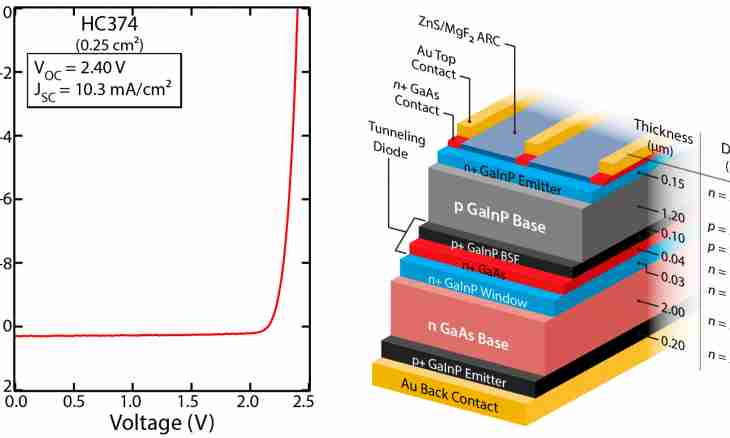Volume characterizes the sizes of the space concluded in borders of any object. Weight - other parameter of an object which determines force of its interaction with other physical objects or fields created by them. The third parameter - density is a characteristic of the material concluded in borders of the considered object. These three sizes are connected among themselves by rather simple ratio.
Instruction
1. The volume (V) any body is directly proportional to its weight (m), i.e. with increase in body weight its sizes have to grow if there is invariable other parameter influencing volume. Other parameter is the density of substance (ρ) of which the measured object consists. Its communication with volume is inversely proportional, i.e. with growth of density the volume decreases. These two regularities are reduced in a formula which equates volume to fraction in which numerator there is a weight, and in a denominator - density: V = m/ρ. Also use this ratio in calculations at the known data of the right part of a formula from statements of the problem.
2. For practical calculations of volume on the weight and density it is possible to use the calculator. If you have an opportunity to use the computer, it can be the program calculator which is built in its operating system. In the latests version of Windows OS it is possible to start it, having opened the main menu, having gathered and having pressed Enter. Having made it, enter the mass of substance. For example, if you were asked to calculate the volume which will occupy five tons of silver, enter number 5000. Then press a key with a virgule - a division symbol - and gather the number corresponding to substance density. For silver it is 10.3 g/cm³.
3. Press Enter, and the calculator will show volume (485.4369). Pay attention to dimension - in the used example the weight was entered in kilograms, and density - in grams on cubic centimeter. To transfer result to the volume units of measure recommended by the SI system (cubic meters), the received size should be reduced in one thousand times 485.4369/1000 = 0.4854369 m³. Certainly, practical calculations are rather approximate as they do not consider, for example, temperature at which substance density is measured - the it is higher, the density is less. And measurement of weight of an object does not consider height above sea level - the farther from the center of the planet, the body weight is less.

